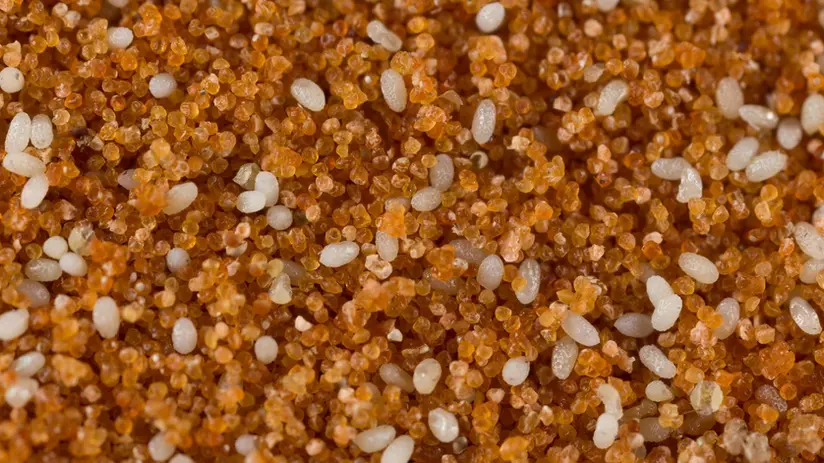Entofood
Dead flour moth eggs and brine shrimp cysts.
Ephestia kuehmiella, Artemia spp.
Used for:
Alternative food for Macrolophus pygmaeus
Quantities Available
Container Size
Packaging Style
Notes:
10 gram Ephestia kuehniella + 50 gram Artemia spp.; 50 gram Ephestia kuehniella + 250 gram Artemia spp..
100 ml; 500 ml bottle.
--
Entofood can also be used for Nesidiocoris tenuis in the first weeks after release of the predatory bug until sufficient prey is present.
Developmental stage - Dead eggs and cysts
When to Use Entofood?
Use Entofood as an alternative source of food for build-up and maintenance of Macrolophus pygmaeus populations in tomatoes in the beginning of the season and at low prey densities
How Does Entofood Work?
As Macrolophus pygmaeus has to build up a population in the crop before pest is arriving, Entofood can be used as alternative food in the first weeks after introduction.
Application
- Apply Entofood at the locations in the greenhouse where Macrolophus Pygmaeus has been introduced.
- Apply weekly until the Macrolophus Pygmaeus population is large enough and pests are present.
- Make sure that Entofood is distributed on top of the crop.
- Entofood can be distributed using a Mini-Airbug.
Handling
Storage Time After Reciept: Max. 5 Days.
Storage Temperature: 8-10°C/47-50°F
Storage Conditions: Store in a dry place in the dark. Allow the bottles to acclimatize in the greenhouse before use, keep the lid closed, in order to prevent condensation and the formation of lumps.
Dosage
The dosage of Entofood depends on climate, crop and pest density and should always be adjusted to the particular situation. Disperse 60 gram per 100 metres of row. Repeat after 7-14 days. Consult a Koppert advisor or a recognized distributor of Koppert products for advice on the best strategy for your situation.


